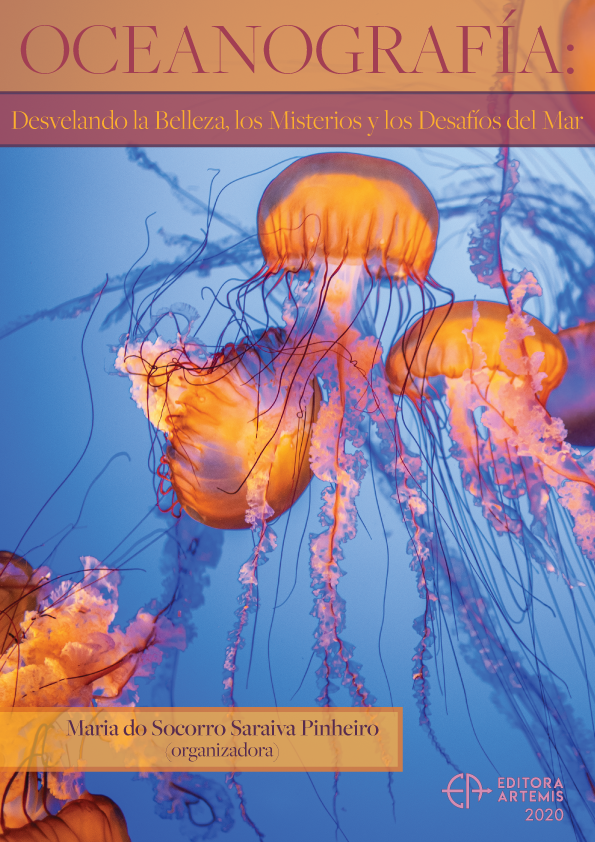
OBTENCIÓN DE HIDROLIZADOS PROTEICOS A PARTIR DE DESECHOS DE LA INDUSTRIA PESQUERA
En este trabajo se obtuvieron hidrolizados proteicos de anchoíta Engraulis anchoita; utilizando enzimas recuperadas de desechos (cabezas y vísceras) de las siguientes especies pesqueras: el langostino Pleoticus muelleri, la merluza Merluccius hubbsi y la anchoíta E. anchoita. Para esto, se utilizaron las enzimas recuperadas al 1% (p/v) y se comparó su acción así como la calidad de los hidrolizados proteicos obtenidos, con dos elaborados con enzimas comerciales Alcalase 2.4 L-FG® y Neutrase 0.8L®. Con respecto al grado de hidrólisis alcanzado por los hidrolizados proteicos, los elaborados con enzimas recuperadas de la industria pesquera resultaron igualar y superar a los conseguidos con enzimas comerciales. También se analizó la capacidad de cada hidrolizado proteico de barrer el radical libre DPPH (EB), resultando todos los hidrolizados efectivos con valores que llegan al 80% de EB. Estos resultados se relacionan con la cantidad de ácidos grasos n-3 y n-6 encontrados en los mismos, los cuales ayudarían a incrementar el efecto barredor de radicales libre. Asimismo, la concentración proteica de todos los hidrolizados (80%), el bajo contenido de ácidos grasos trans y los contenidos de Nitrógeno Básico Volátil hacen que los mismos puedan ser aptos para el consumo humano y animal. En conclusión, la aplicación de los resultados de este estudio podrá beneficiar al sector pesquero argentino en cuanto a la valorización integral de las capturas y la utilización y puesta en valor de desechos provenientes del procesado de anchoita, langostino y merluza. Así la industria alimentaria tendrá a disposición nuevas enzimas y fuentes proteicas alternativas utilizables en diferentes procesos tecnológicos.
OBTENCIÓN DE HIDROLIZADOS PROTEICOS A PARTIR DE DESECHOS DE LA INDUSTRIA PESQUERA
-
DOI: 10.37572/EdArt_1633110208
-
Palavras-chave: enzymas, hidrolizados, proteinasas, hidrolizado líquido, biotecnología, pesquerias, desechos, revalorización
-
Keywords: enzymes, hydrolysates, proteinases, liquid hydrolysates , biotechnology, fisheries, wastes, revalorization
-
Abstract:
In this work, protein hydrolysates of anchovy Engraulis anchoita were obtained; using enzymes recovered from waste (heads and viscera) of the following fish species: the prawn Pleoticus muelleri, the hake Merluccius hubbsi and the anchovy E. anchoita. For this, the enzymes recovered at 1% (p / v) were used and their action was compared as well as the quality of the protein hydrolysates obtained, with two made with commercial enzymes Alcalase 2.4 L-FG® and Neutrase 0.8L®. Regarding the degree of hydrolysis achieved by protein hydrolysates, those made with enzymes recovered from the fishing industry were equal to and surpass those achieved with commercial enzymes. The ability of each protein hydrolyzate to scavenge the free radical DPPH (EB) was also analyzed, resulting in all effective hydrolysates with values reaching 80% EB. These results are related to the amount of n-3 and n-6 fatty acids found in them, which would help to increase the free radical scavenging effect. Likewise, the protein concentration of all hydrolysates (80%), the low content of trans fatty acids and, the contents of Volatile Basic Nitrogen make them suitable for human and animal consumption. In conclusion, the application of the results of this study may benefit the Argentinean fishing sector in terms of the integral recovery of the catches and the use and enhancement of waste from the processing of anchoita, shrimp and hake. Thus the food industry will have available new enzymes and alternative protein sources usable in different technological processes.
-
Número de páginas: 15
- Nair de los Angeles Pereira
- Maria Florencia Fangio
- Yamila Eliana Rodriguez
- Maria Delfina Garbari
- Analía Verónica Fernández-Gimenez

